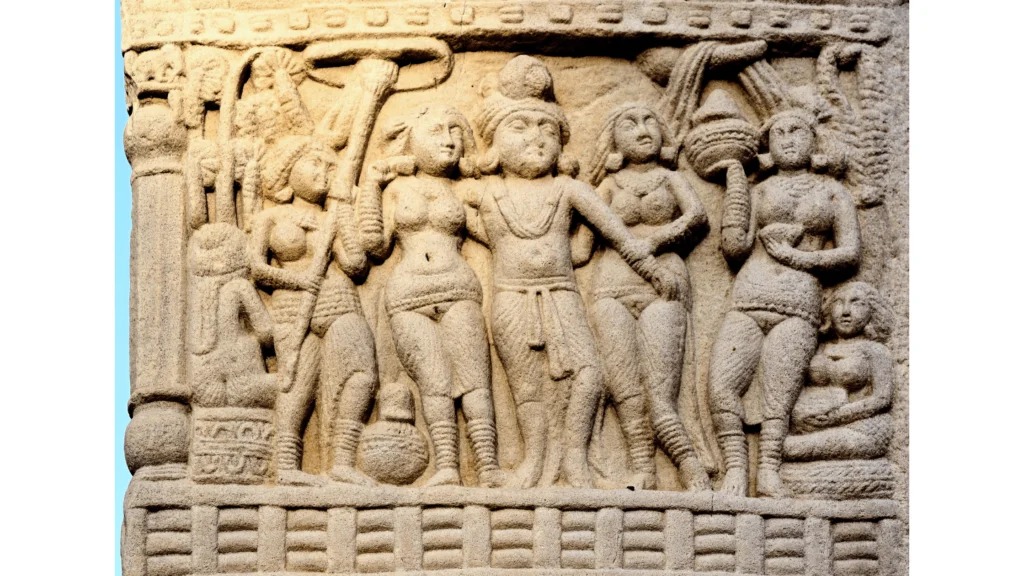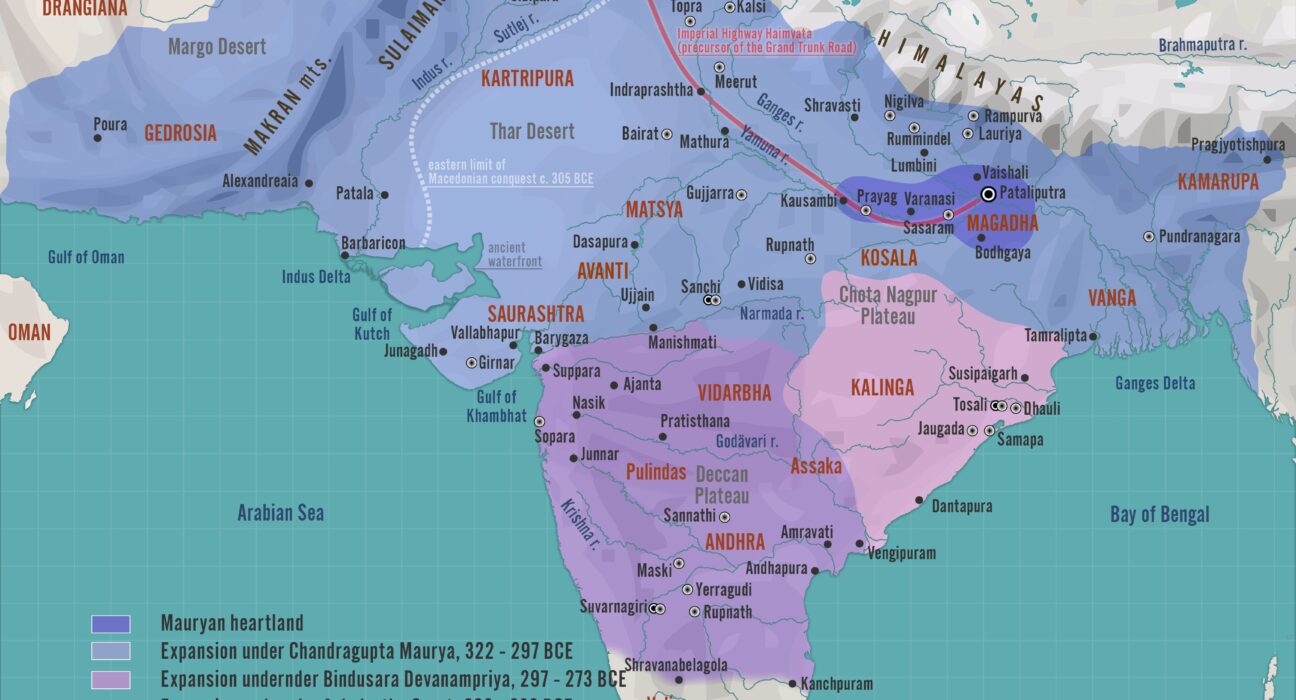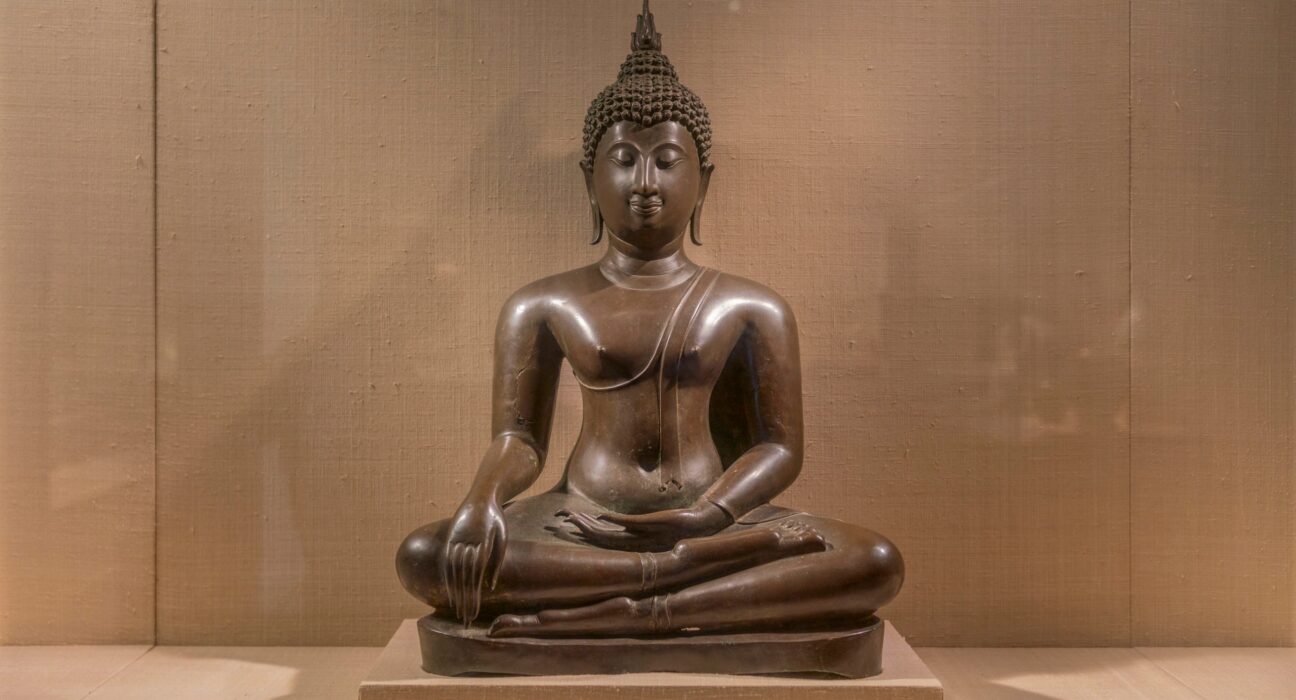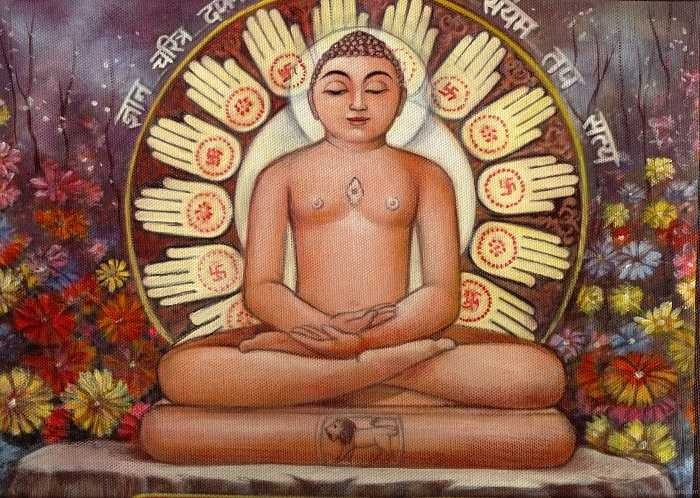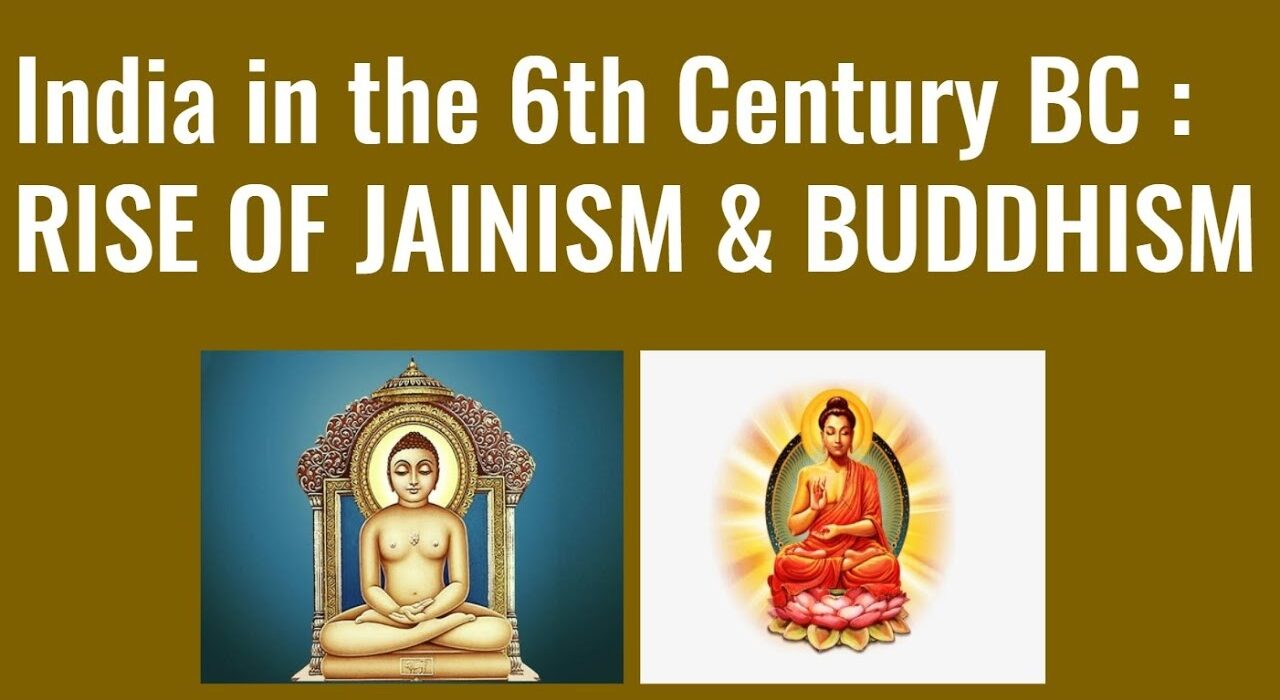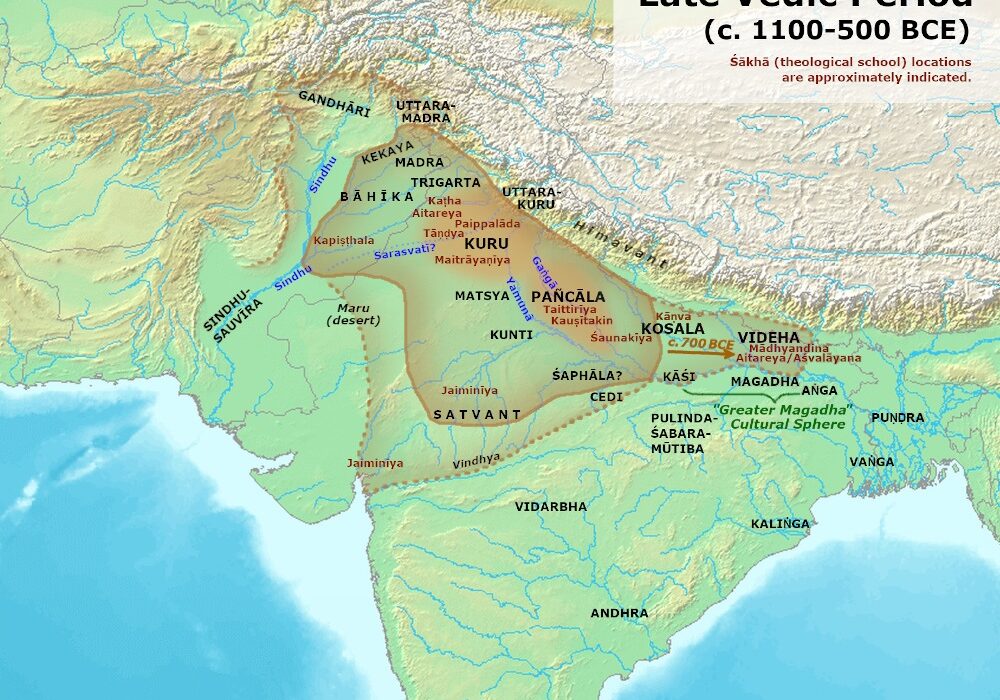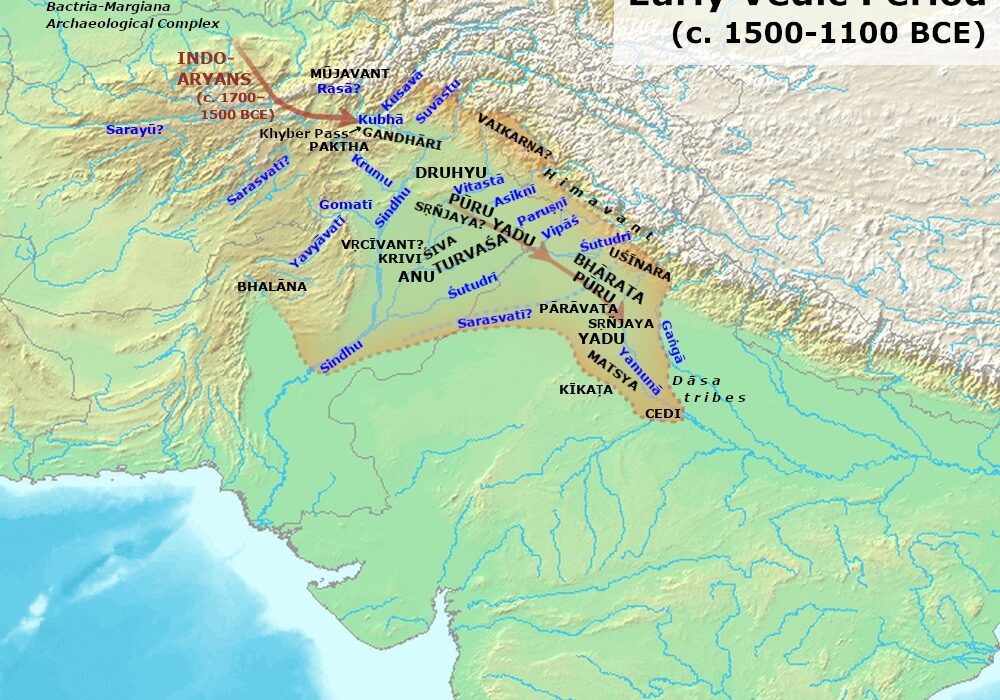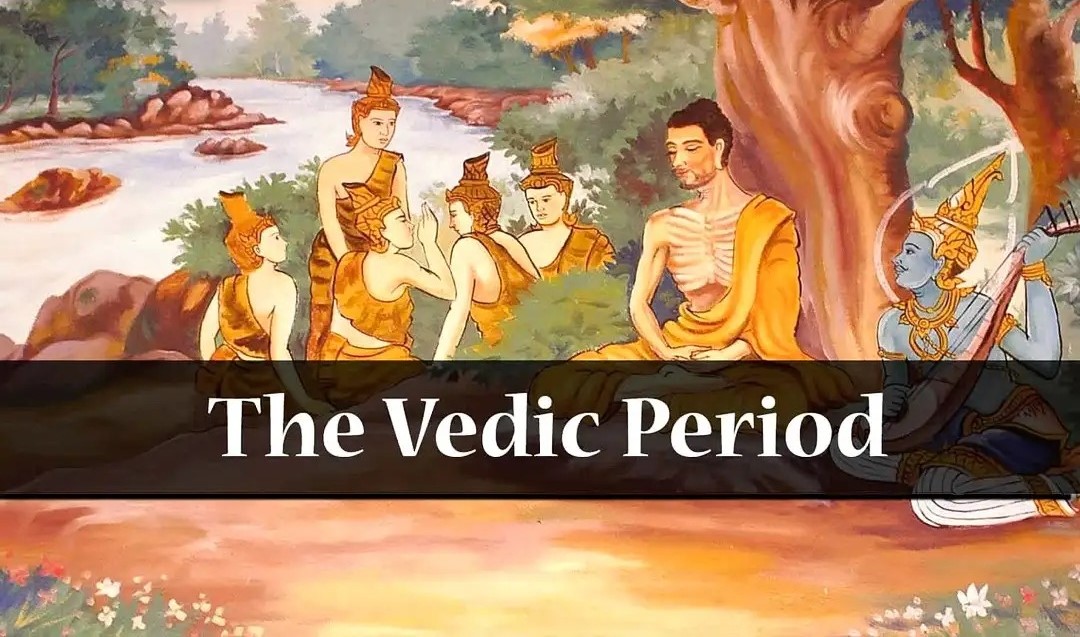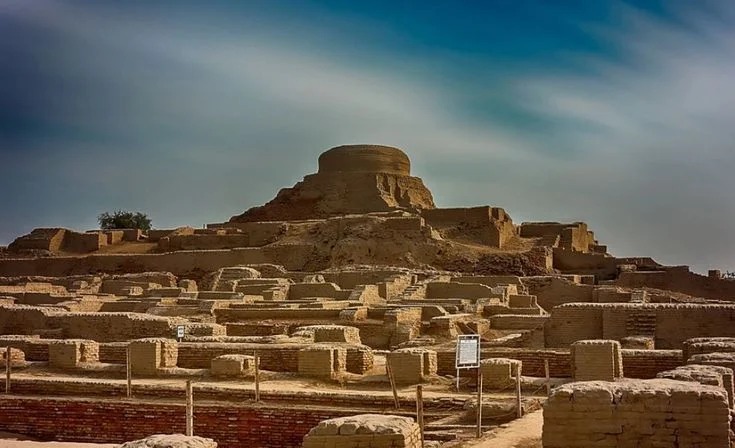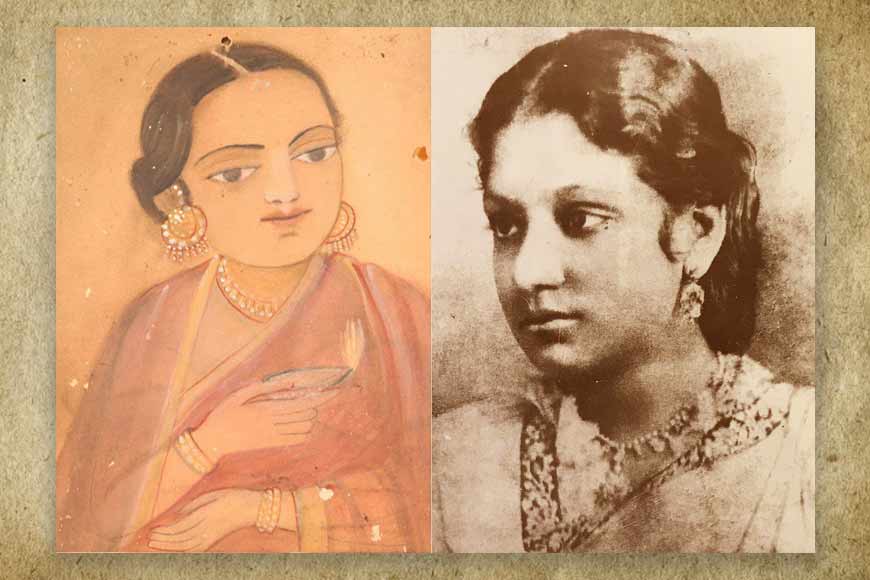Reign of Emperor Ashoka
The reign of Emperor Ashoka (c. 268 – 232 BCE) marks a transformative period in the history of the Mauryan Empire and ancient India. Ascending the throne of a vast empire inherited from his grandfather Chandragupta Maurya and father Bindusara, Ashoka initially pursued a policy of expansion and consolidation. However, the brutal Kalinga War around

